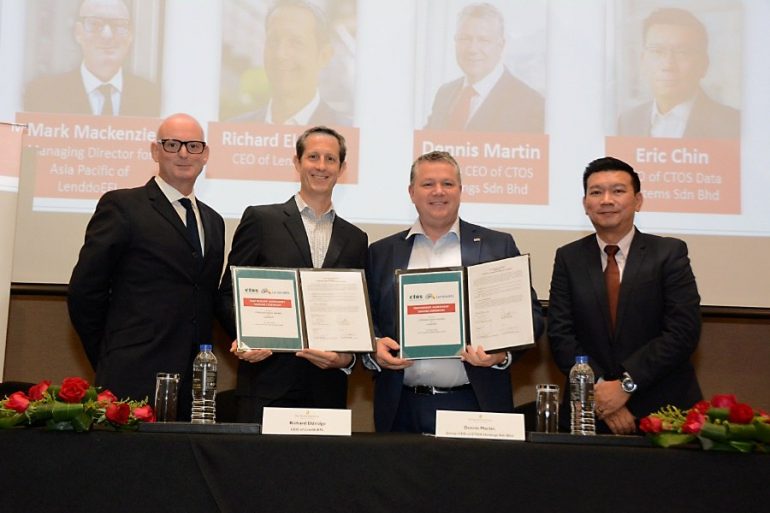For most people, the smartphone is an essential part of daily life. We carry it around wherever we go, and we spend an inordinate amount of time interacting with it throughout the day. As such, it’s no surprise that the smartphone reveals quite a lot about us. Your phone is a proxy for your personality.
In fact, smartphone data has established itself as an effective data sources for credit scoring. This has been especially valuable for the so-called thin-file segment, where applicants have little or no credit history nor other reliable sources of financial information.
However, as useful as smartphone data has been to the credit industry, there are many other use cases for this data source. In this article, we will explore how smartphone data was used to predict an individual’s need for health insurance. The following data was obtained through an engagement with a large insurer in Southeast Asia, who wanted to determine if their mobile app users that would be responsive to a health insurance offer.
Let’s now see theory in action!
Your phone contacts shows your organizational skills.
How contacts are labeled on a smartphone can be quite telling of your personality. When a new contact is added, there are many details you can fill-in. At a minimum, you have to complete the contact’s name and phone number. However, you can also add a number of other details, such as their email, company, address, and birthday. Having more than just names and phone numbers on your contact list indicate a higher degree of perfectionism and organization. Those traits are represented by those with a high level of awareness and attention, who want to have order and control over all the events of their lives. They plan for their future. That means that they are the ideal customer to offer an insurance product which allow them to minimize potential risks.
The chart below shows the percentage of population split by the percentage of completed contact information that they have in their phones and each group propensity to acquire an insurance product. If it is considered that population with less than 30% of their contacts information completed as the group with lowest probability to buy, it is possible to affirm that people who complete more than 50% of their contacts’ details are more than 1.5 times likely to buy an insurance product compared to those who belong to the first group.
Your phone calendar determines your daily schedule and priorities.
How you use your smartphone calendar is another good source of insight. For example, we can see how much time you spend in meetings versus how much time you spend in social events. The habit of scheduling upcoming activities is also an indicator of how organized you are and how well you plan. We have seen that people with these traits, as measured by calendar behavior, are in fact more likely to acquire an insurance product. This is most likely driven by their focus on planning for expected (and unexpected) events.
In the chart below, people were grouped according to the number of calendar events they scheduled. The chart shows that there is a correlation between an individual’s propensity to buy an insurance product and the number of entries in his/ her phone calendar.
Your mobile apps show personal interests.
Another interesting data category relates to the types of apps that you have installed on your smartphone. This is particularly insightful since your apps directly correspond to your hobbies, tastes, interests, etc. People who are keen on games usually have a lot of gaming apps installed. People who are interested in finance have apps related to banking, investments, and even blockchain. If someone has many apps related to sports, health, and healthy lifestyle, that person is likely to be someone who takes good care of himself and is a good prospect for an insurance product.
Going back to our insurance use case, the plot below shows that people with health apps installed are 30% more likely to respond to the insurance offer compared to someone without health apps.
Statistics is the data not your personal information.
We should clarify that companies that use smartphone data are just interested in statistics and the insights you can infer from them. They are not interested in knowing the phone numbers of your family and friends nor the details of your mailing address. The focus is on statistics, predictions, and associations, as they are generated by complex machine learning algorithms.
As a final note, mobile data should be used as a tool to reach more individuals in need of financial services while further enriching insights on clients, to be able to provide the appropriate products. Financial inclusion is lagging behind digital inclusion, where 1.7 billion individuals and SMEs are still unbanked while registered unique mobile subscribers is already at 5.1 billion. LenddoEFL has been working with mobile data as basis of scoring and predictive analytics for ten years. We have proven and deployed multiple models that help financial institutions with their credit and financial decisioning, at the same time allowing thin-file clients to use their mobile data to access life improving financial services.
Reference:
https://cybersecurityventures.com/how-many-internet-users-will-the-world-have-in-2022-and-in-2030/
https://www.statista.com/statistics/570389/philippines-mobile-phone-user-penetration/




























